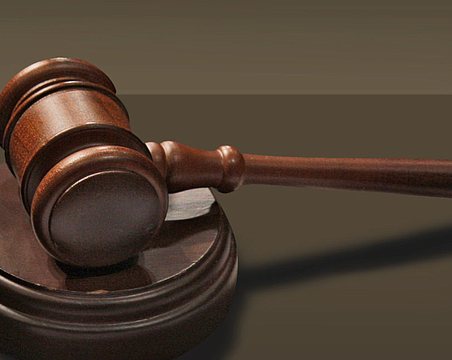Congratulations to our new governor, businessman/entrepreneur Rick Scott. As of Wednesday morning, the bigger test than getting elected has begun for Scott. And if he wants to begin his term with the kind of bold action he promised on the campaign trail, he should pull a Chris Christie (the governor of New Jersey):
Say “no” to accepting $2.4 billion in federal funds to construct the proposed 84-mile, high-speed rail line connecting Orlando and Tampa.
Mark these words: If built, this will be one of the biggest financial boondoggles and taxpayer drains in the history of Florida.
Here's where this idea stands at the moment:
In typical big-government fashion (i.e. print and borrow more money than the government has and saddle future generations with higher taxes and more debt), President Obama and the Pelosi-Reid Congress have committed to spending (borrowing) $2.4 billion and giving it to Florida to build this transportation black hole.
As of this writing, Scott has indicated he wants to study the matter before saying he would accept this federal largesse.
But at the same time, all sorts of special-interest groups — in particular, Tampa and Orlando business organizations and construction companies — say this project is just what Florida needs to put people back to work and ease traffic congestion on Interstate 4. What's more, these groups in typical American-entitlement fashion, say it's about time Florida obtains its share of federal transportation dollars.
Add to these voices such venerable pro-government, socialistic institutions as the St. Petersburg Times and other leftist Florida newspapers that say: What a bargain and return on investment for Floridians! The federal government will contribute $2.4 billion of the $2.6 billion cost, with Florida taxpayers having to contribute only $280 million to build this first leg of the rail system. What a deal!
Au contraire.
This kind of thinking and action are exactly what have put the United States in the position we're in today — printing money and borrowing more money from the Chinese to the point of devaluing the purchasing power of Americans' dollars and sentencing future generations to higher and higher taxes. Indeed, have you noticed lately how much less your money is purchasing?
But the special interests are blind to the other side of the coin. They only see opportunity for themselves — a classic case of providing benefits to the few at the expense of the many. These groups disregard the unequivocal, undeniable facts. To wit:
As Robert Poole, founder of the Reason Foundation and foremost expert on U.S. transportation policy, has written and proven many times: Every rail project in America has failed to live up to its ridership and revenue projections; has always cost more than projected; and has always become a drain on taxpayers, requiring endless subsidies from people who never, ever ride the trains.
Just take a look at the headlines in the above box. These are just a few of the stories staffers at the Reason Foundation wrote in 2010 about that state's disastrous high-speed rail system. That's just for 2010. That disaster has been going on in California for 14 years.
Or read above Poole's blog that he wrote in late January 2010, shortly after President Obama began committing federal dollars to Florida's high-speed rail project. One of Poole's points is the $2.6 billion estimate of Florida's high-speed rail cost is more likely to be $4.28 billion. And of course, that begs the questions: Who will cover that extra $1.6 billion? Floridians? Let's not forget the Legislature will start its next session with a $3 billion deficit.
All too often the proponents of these taxpayer-subsidized projects like to say the United States needs to emulate the rail systems of Europe and Japan. But here again, they do not study the reasons why. European and Japanese central cities are far more dense than U.S. cities, and driving costs far more in those countries than it does here — Paris to Marseilles, for instance, costs $75 in tolls and $6 a gallon.
Tampa and Orlando are far different. They are spread out, sprawling — hardly conducive to attracting high ridership. In fact, the Orlando-Tampa corridor does not make the Congressional Research Service's federal list of the top 12 city-pairs in the United States for potential high-speed rail ridership. The service estimates that the train in this corridor would likely reduce traffic on I-4 by less than 2%.
All of which inevitably will add up to Floridians subsidizing this albatross the way Florida taxpayers subsidize bus service all over the state.
If we know Gov. Scott, he indeed will study all of these facts. And knowing what we do about his objections to government spending what it doesn't have, there should be no doubt in his conclusion. Our greatest hope is that he will pass his first big test: Say no to high-speed rail. Floridians and American taxpayers can't afford it.





